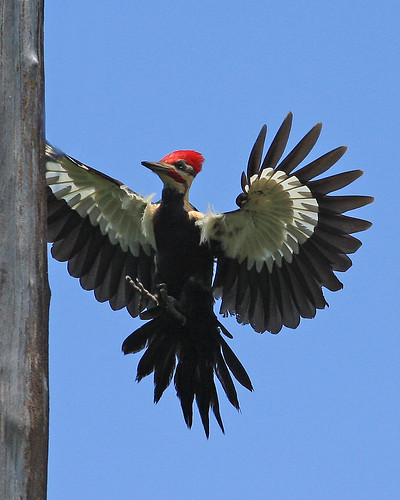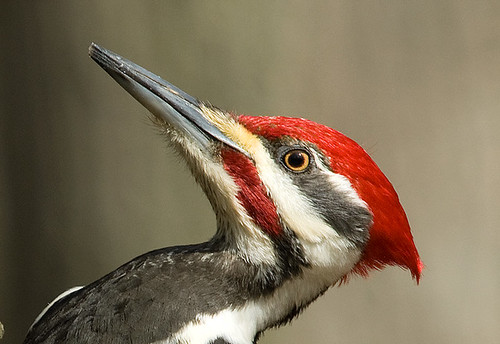Harris's Sparrow
(Zonotrichia querula)
There's nothing like seeing on these Sparrows at your feeders. With their black caps going down to their chin, it is very hard to identify incorrectly. Thanks to their odd faces these sparrow's are a bit more amusing to look at.
Harris's Sparrow's live in Central North America all the way from Nunavut, Canada to Texas, US. In Canada's Territories they nest and they migrate in Southern Canada and Northern USA. Meanwhile in Southern US, they stay there for the winter. So keep your feeders full at the appropriate time! If you have enough trees they're bound to follow where all the other birds are getting their daily supply of nourishment.
Small Tip: Harris's Sparrow's are ground foragers so spread some seed under your feeder as well.
Wingspan: 27 cm (10.6 in)
Length: 17-20 cm (6.7-7.9 in)
Weight: 26-49 g (0.9-1.7 oz)
Food: Herbivore; seeds
Habitat: Breeds at the edge of Boreal Forest's and Tundra. In Winter, agricultural fields, patches of weeds, pastures. In Migration, anywhere as long as there is food and shelter.
Nesting: On the Ground






